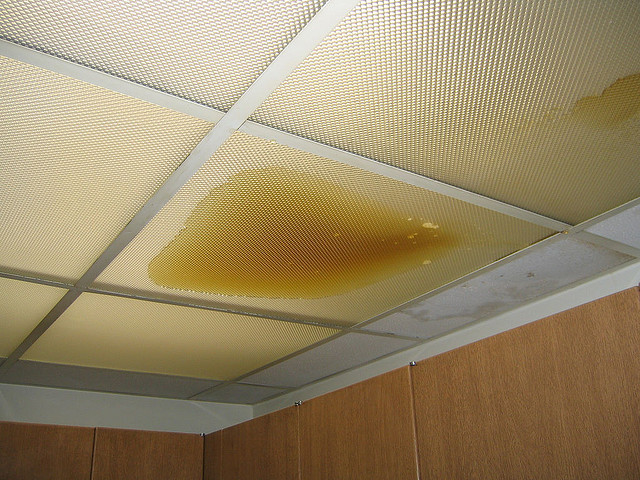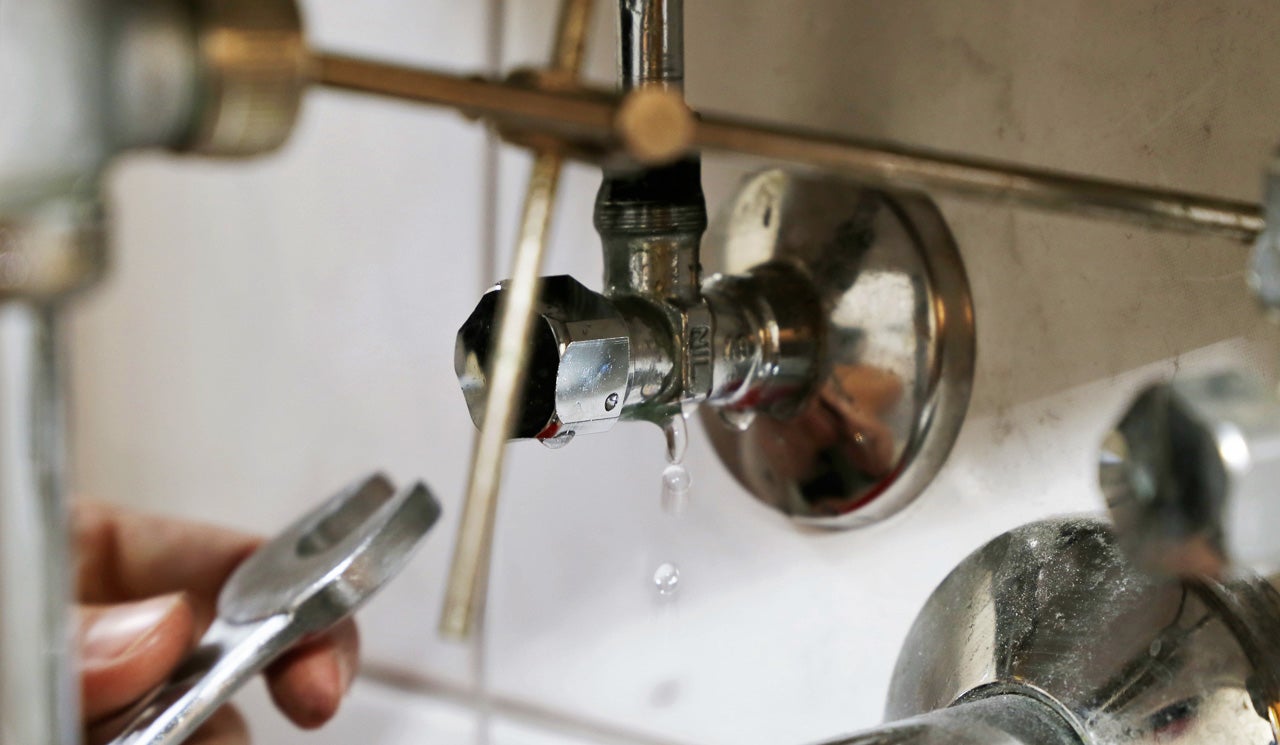The article author is making a number of great pointers relating to Locating water leaks overall in the article in the next paragraphs.

Early discovery of leaking water lines can mitigate a prospective disaster. Some little water leakages might not be noticeable.
1. Take A Look At the Water Meter
Every home has a water meter. Inspecting it is a guaranteed way that assists you discover leaks. For starters, switch off all the water sources. Ensure no one will certainly purge, make use of the faucet, shower, run the washing equipment or dish washer. From there, most likely to the meter as well as watch if it will transform. Considering that nobody is using it, there must be no activities. If it relocates, that suggests a fast-moving leakage. Furthermore, if you spot no changes, wait an hour or two and also check back once more. This suggests you may have a slow leakage that might also be underground.
2. Check Water Intake
If you detect sudden modifications, in spite of your intake being the same, it implies that you have leaks in your plumbing system. An unexpected spike in your expense suggests a fast-moving leakage.
A stable boost every month, also with the exact same practices, shows you have a slow leak that's likewise slowly intensifying. Call a plumber to thoroughly check your residential property, particularly if you really feel a cozy location on your floor with piping below.
3. Do a Food Coloring Examination
When it comes to water usage, 30% comes from commodes. If the shade somehow infiltrates your dish during that time without flushing, there's a leakage in between the container and also dish.
4. Asses Outside Lines
Don't forget to inspect your outside water lines too. Test faucets by attaching a garden pipe. Should water seep out of the link, you have a loosened rubber gasket. Replace this and make certain all links are limited. If you have actually got a lawn sprinkler, it will certainly assist get it skillfully checked out and also preserved every year. One little leak can squander lots of water and spike your water costs.
5. Examine the situation as well as inspect
Home owners must make it a habit to check under the sink counters and also even inside cupboards for any kind of bad odor or mold and mildew development. These 2 warnings suggest a leak so punctual interest is needed. Doing routine evaluations, also bi-annually, can save you from a major trouble.
Much more notably, if you know your house is currently old, keep a watchful eye on your heating units, hoses, pipelines and so on. Look for discolorations and also deteriorating as most devices and pipes have a life span. They will also normally wear away due to wear and tear. Don't wait for it to escalate if you think dripping water lines in your plumbing system. Call a specialist plumber as soon as possible so you do not wind up with a terrible mess in your home.
Early detection of dripping water lines can alleviate a prospective catastrophe. Some small water leaks might not be visible. Examining it is a guaranteed method that assists you discover leaks. One small leak can lose bunches of water and spike your water bill.
If you think dripping water lines in your plumbing system, don't wait for it to intensify.
WARNING SIGNS OF WATER LEAKAGE BEHIND THE WALL
PERSISTENT MUSTY ODORS
As water slowly drips from a leaky pipe inside the wall, flooring and sheetrock stay damp and develop an odor similar to wet cardboard. It generates a musty smell that can help you find hidden leaks.
MOLD IN UNUSUAL AREAS
Mold usually grows in wet areas like kitchens, baths and laundry rooms. If you spot the stuff on walls or baseboards in other rooms of the house, it’s a good indicator of undetected water leaks.
STAINS THAT GROW
When mold thrives around a leaky pipe, it sometimes takes hold on the inside surface of the affected wall. A growing stain on otherwise clean sheetrock is often your sign of a hidden plumbing problem.
PEELING OR BUBBLING WALLPAPER / PAINT
This clue is easy to miss in rooms that don’t get much use. When you see wallpaper separating along seams or paint bubbling or flaking off the wall, blame sheetrock that stays wet because of an undetected leak.
BUCKLED CEILINGS AND STAINED FLOORS
If ceilings or floors in bathrooms, kitchens or laundry areas develop structural problems, don’t rule out constant damp inside the walls. Wet sheetrock can affect adjacent framing, flooring and ceilings.
https://www.servicemasterbyzaba.com/blog/how-to-detect-water-leakage-in-walls/

We were made aware of that write-up on Locating water leaks from a friend on our other blog. If you please take the time to distribute this blog post if you enjoyed reading it. We cherish reading our article about Locating water leaks.